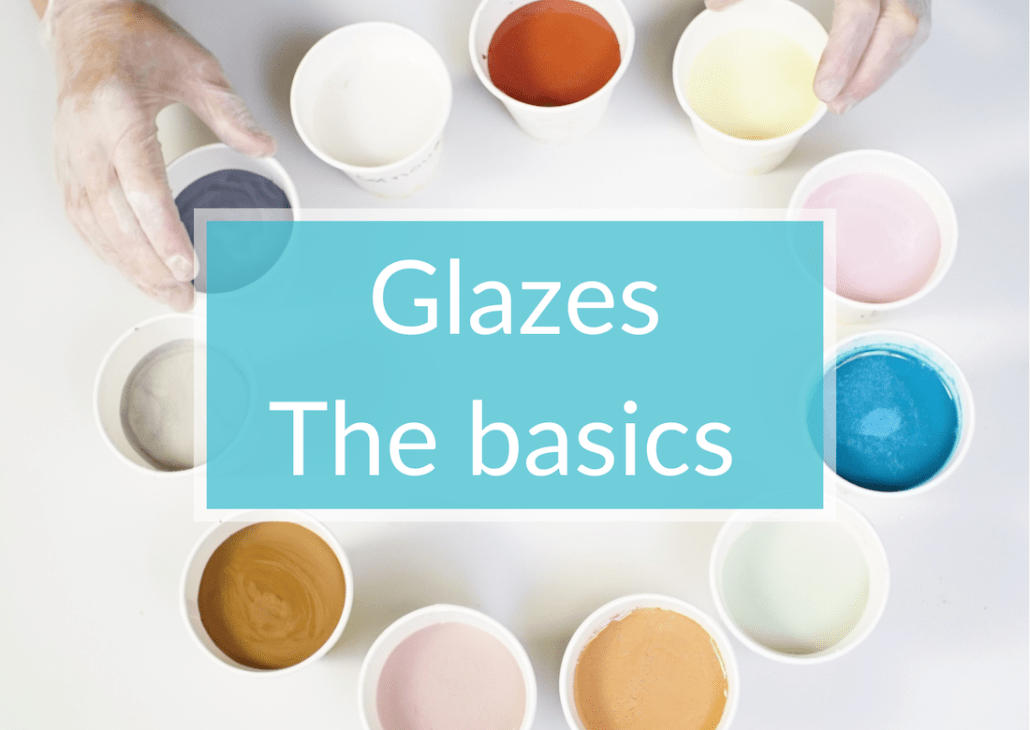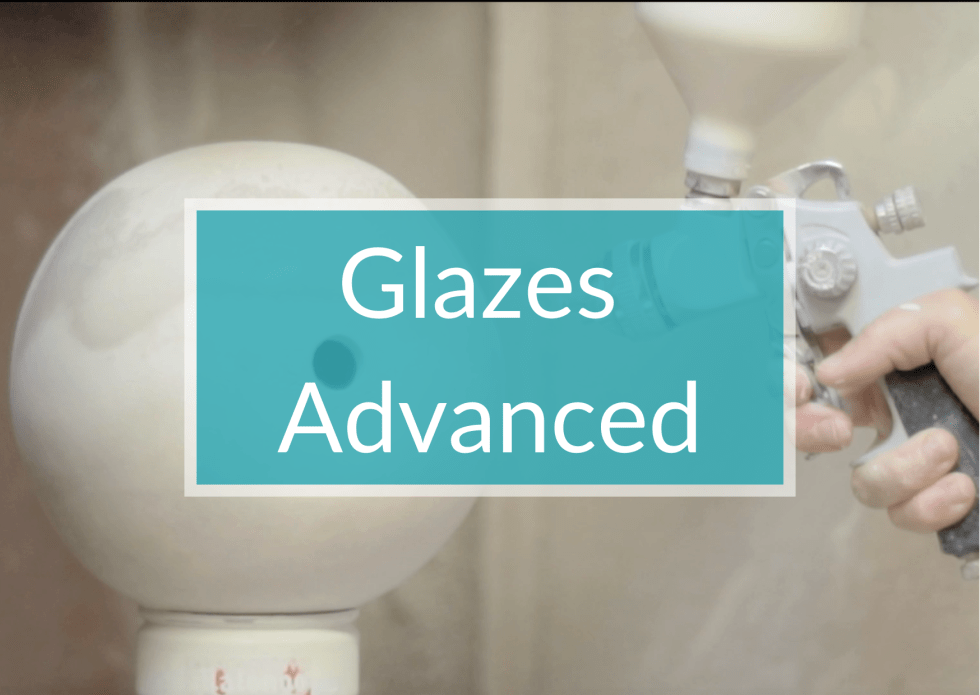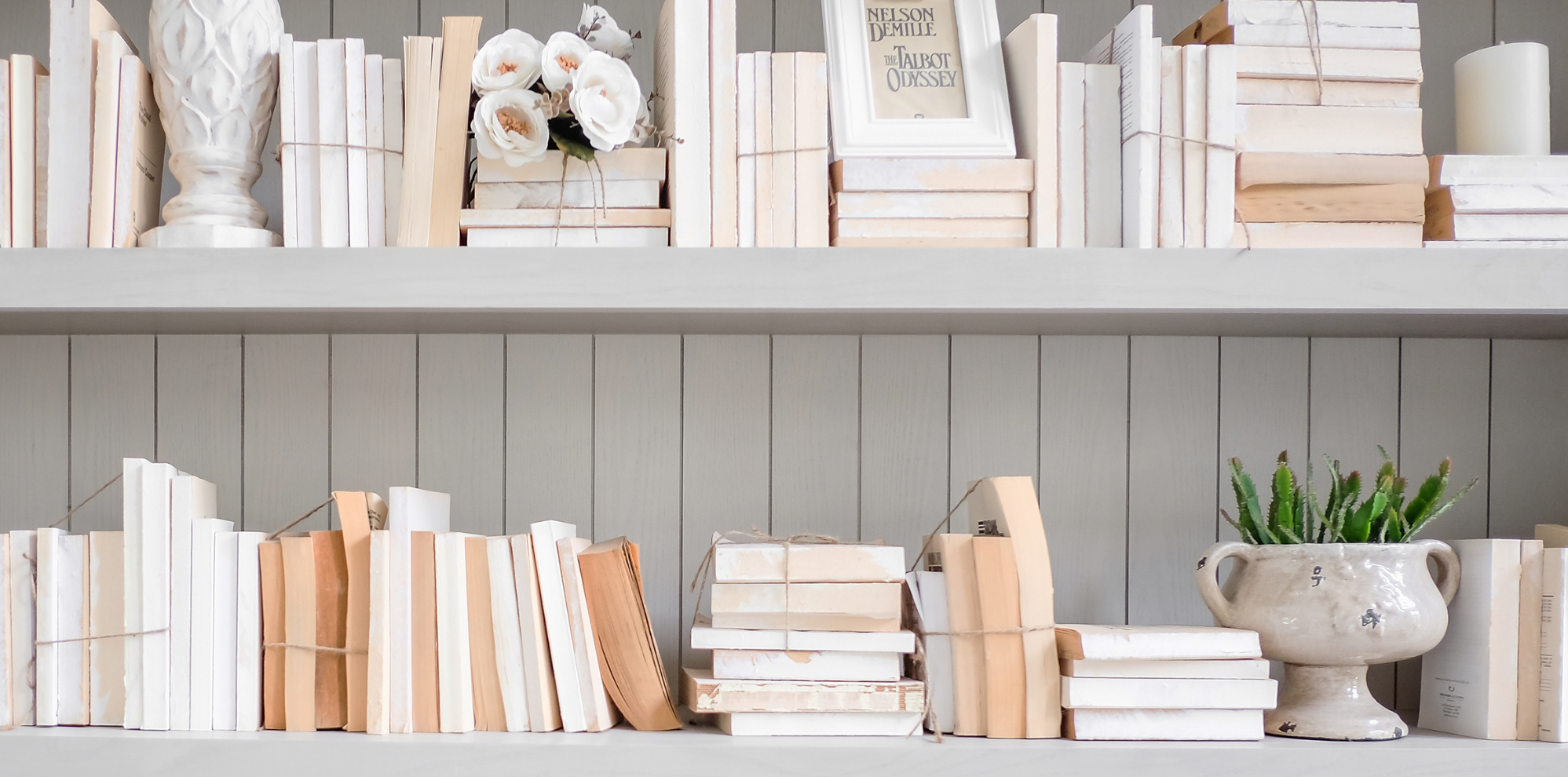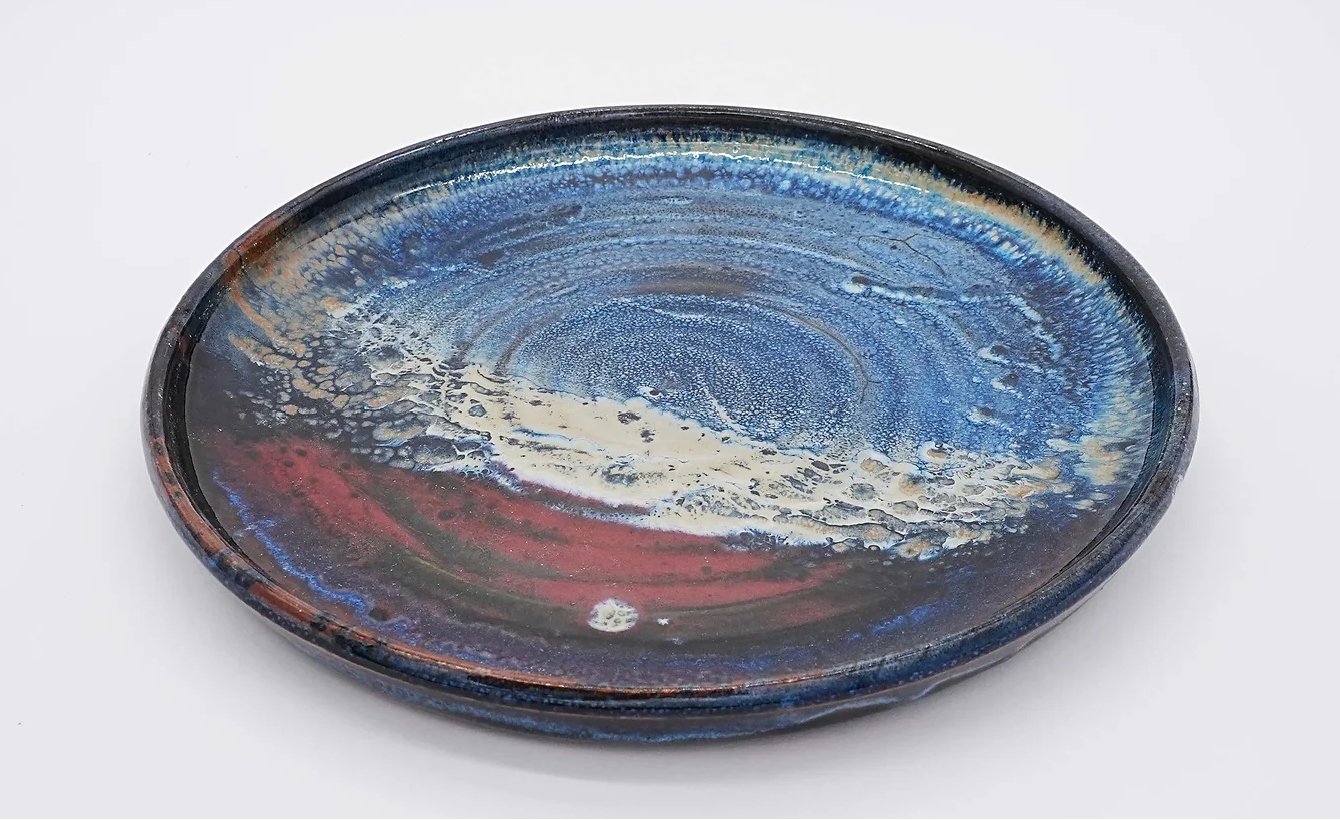Créamik closes the year 2023 with its traditional exhibition in Port-Anna
A day under the sun for a superb exhibition
A few tips for a successful stall
Introduction to the visitor tour
The Creamik 2023 promotion: who are they?
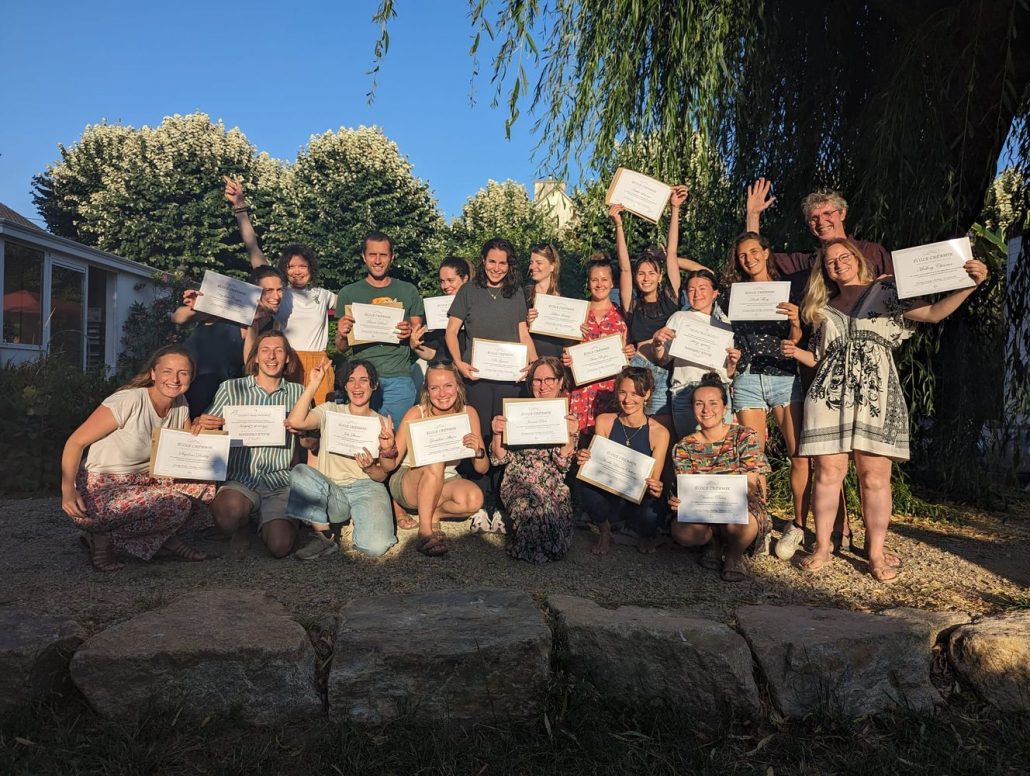
It has now been 14 years since Créamik opened a ceramics school, covering every technique – throwing, glazing, firing, plaster mould casting – as well as preparing students for the French Diploma CAP (Certificat d’Aptitude Professionnelle) in ceramics. During the 2022-2023 academic year, Créamik presented 17 students for the CAP exam. We are all proud to congratulate them on their success! In fact, they all graduated after 10 months of intense, enjoyable work. This marks an important step in everyone’s career. It is both the end of their training and the start of a new life. Closing the year with an exhibition of pottery made by the students has become a tradition, and 2023 was no exception. Under beautiful sunny skies in Port Anna, not far from the school, we all celebrated art and companionship. Créamik wants to take this opportunity to give you tips on how to organise an exhibition stall
A day under the sun for a superb exhibition
For each Créamik exhibition, Ti-Anna bar-restaurant lends its roof and a beautiful terrace, looking over the Gulf of Morbihan. The location is important because visitors can combine strolling around the exhibition and discovering beautiful artworks, with visiting the port, taking a short swim, then having lunch or a drink on site: everything has been arranged so that visitors have a pleasant day!
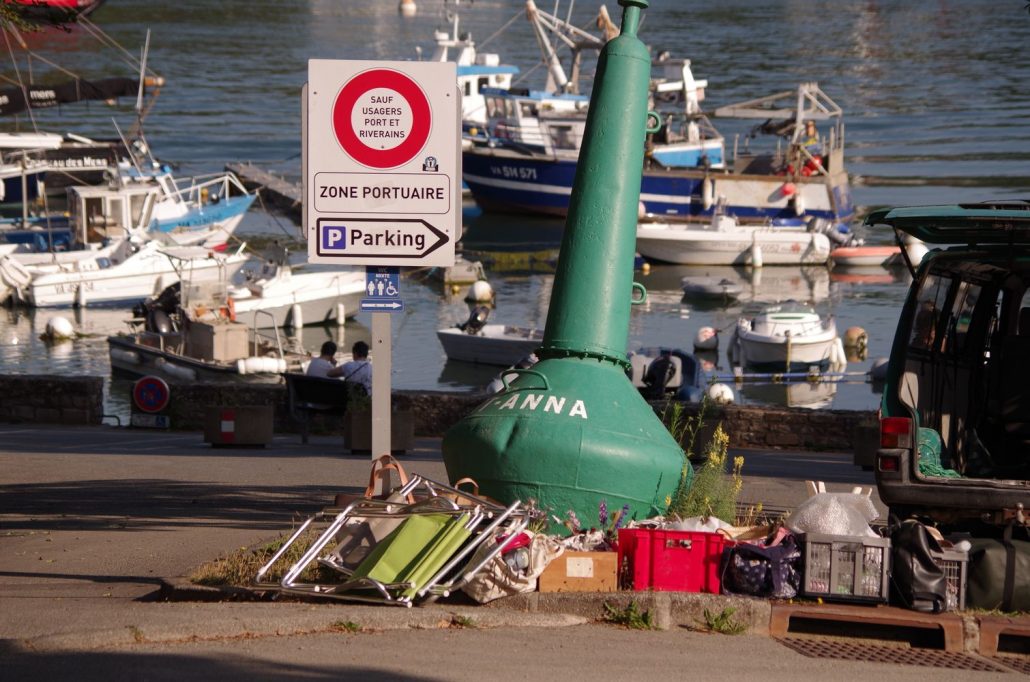
Students have deposited boxes of ceramics at the foot of the Port-Anna beacon
Sunday, June 25, from 7:00 a.m. . . . and even a little before . . .) we were there, between the school and the port, transporting pottery to display on the stalls. You could feel the potters’ excitement, as they waited to see the public reaction to their work. The sun and the heat were with us, but above all, the light which shows each piece at its best. This first exhibition is very special to our students: it bears witness to their progress and inspiration, which has grown throughout the year.
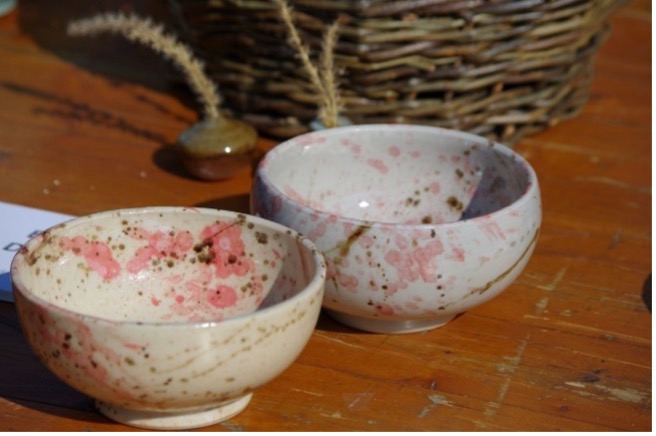
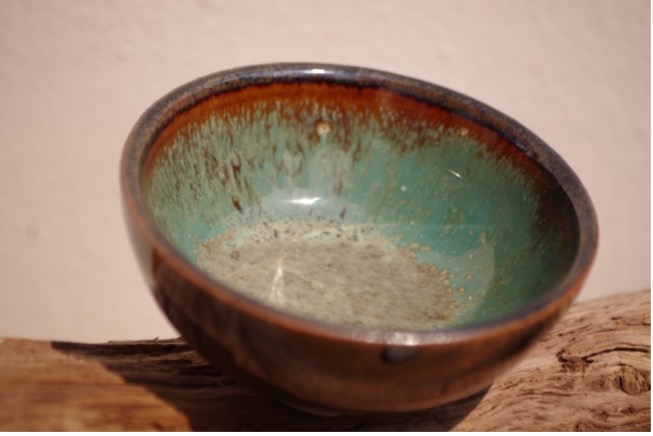
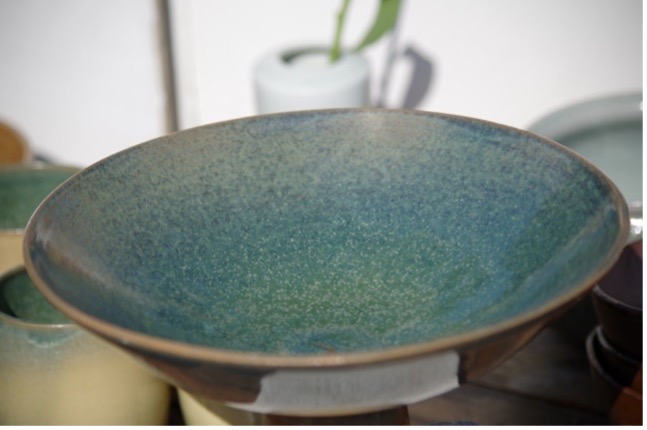
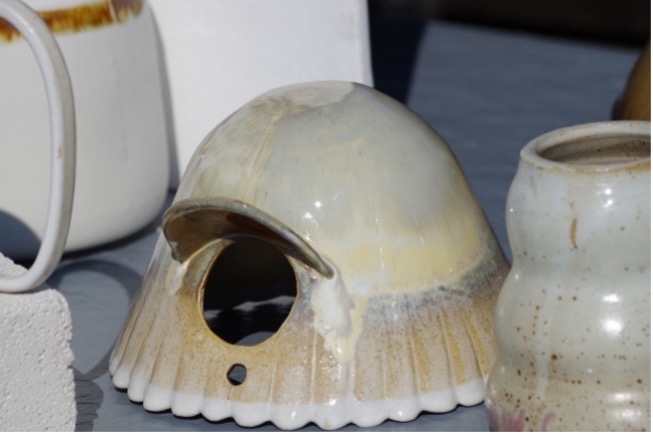
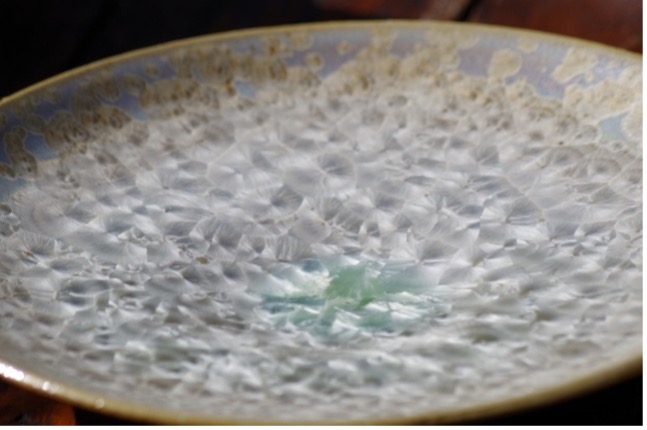
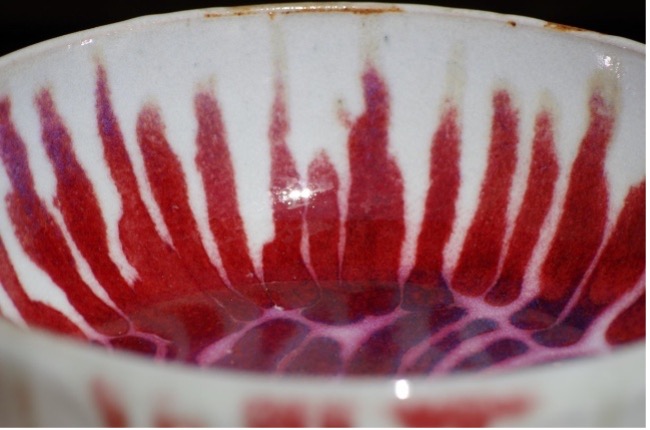
Some examples of students’ ceramics on display at the exhibition
The exhibition reflected the character and ethos of the year 2022-23. Everyone was busy promoting their own work, but collaboratively: sharing pitches and stall space, asking each other for advice . . . The quality of the work on offer and the unity of the group benefited everyone.

It’s barely 11:00 a.m. and already visitors are crowding in…
A few tips for a successful stall
In the midst of this frenzy, Matthieu was constantly asked to draw on his 40 years of experience in markets, fairs, exhibitions . . .


The light
A beautiful shiny glaze needs light for the viewer to grasp its depth and subtlety. If the exhibition were outdoors in winter, under a low and heavy sky, you would have to bring along spotlights to replace the missing sun.

What is true for a shiny glazes is not necessarily the same when exhibiting unglazed earthenware pieces, especially sculptures: too much light can make the display less effective.

Colours
Colours need to be exhibited with care and consideration. For example, cobalt blue tends to dominate the other colours around. You may want to display a cobalt piece in a separate space. Red will introduce warmth – it is a colour that can enhance others.

To focus the visitors’ attention the ceramics must be grouped together by colour.
The layout
Matthieu warns against the desire to show “everything”. You must be careful not to display too many pieces all at once, at the risk of making them less visible. The idea is to group pieces of similar colours (there can be a 3-piece assembly, or a teapot and 6 small bowls for example), but also have single pieces, often the biggest ones.
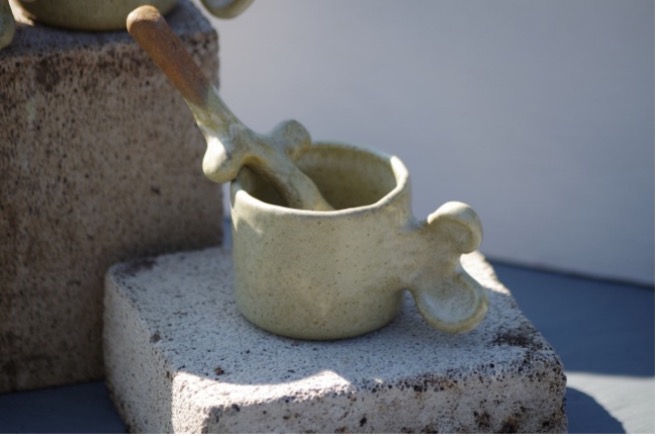
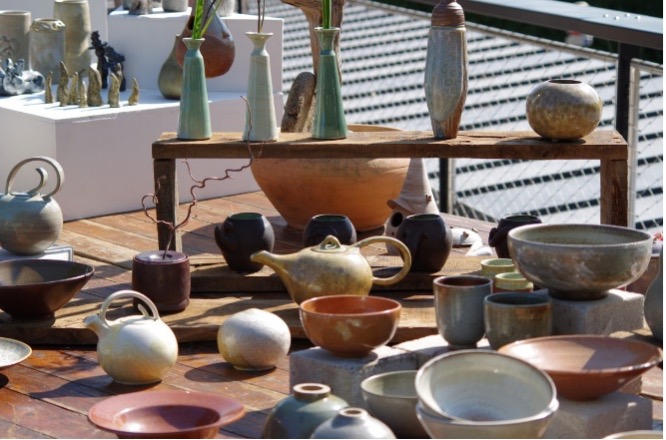
According to Matthieu’s experience, a way to highlight the objects is to use standsor light Aircrete style aeriated concrete blocks (to avoid weighing down either the car when travelling, or the exhibition stand).
The organization of the stall
Another important element: build your stall with the type of ceramics you produce in mind. While it may be wise to use wooden boards or rustic shelves for a certain type of pottery, you will need a different look for modern pieces. The goal is to make the stand disappear so that you only see the pottery. We can’t always choose the layout of a market, either because it is shared with other exhibitors or because the cost of space is expensive (or both . . .). Try exploiting the stall’s height and having shelves that can be divided into boxes to highlight certain objects. You can choose shelving with no back wall (as in the photo below); you can also have shelves with a rear wall (the shelves are more robust) but if it is windy, it can be difficult to stabilize them, so consider using cloth with an open weave, well stretched and fixed to the shelves. The wind will pass through (as well as the light) and your exhibits will remain stable.

Finally, where will you stand? The classic way is to have the potter behind the stand. In fact, if possible, try to have a U-shaped layout. As the visitor “enters” your U-shape, he or she is more likely notice more pieces on the three-part table. If the space allows it at all, you may even install a little table with two chairs. As we bring the visitor into the U, he is no longer just a passer-by, he will stop more easily in front of one of the three parts of the table. This also makes it easier to start a conversation.
Introduction to the visitor tour
A fundamental element in any exhibition: the experience.
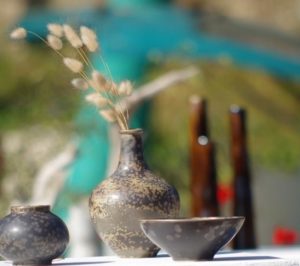
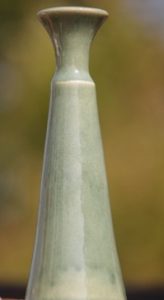
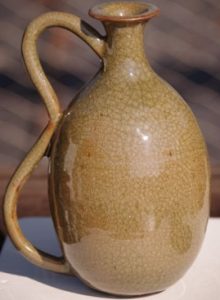
During the exhibition on June 25, there was a studio with two potters’ wheels for those who wanted to have a go at throwing. Each exhibitor was free to leave their stall to a friend to help the new apprentice.

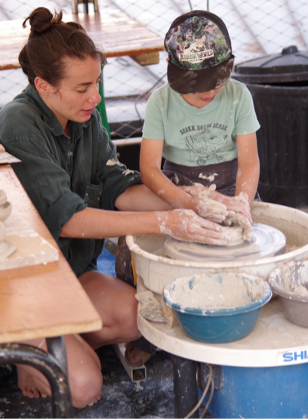
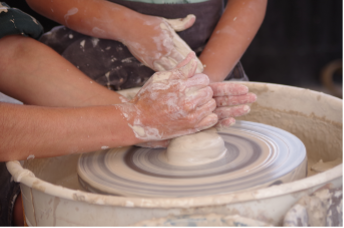
Visitors quickly realised how difficult the “simple” act of making a pot is. They will see the work on offer with new eyes, creating a new bond with the potter.
The Creamik 2023 promotion: who are they?
Remember the name of each of the students of the class of 2023, as you will find them at craft markets and exhibitions, and teaching in their studios.





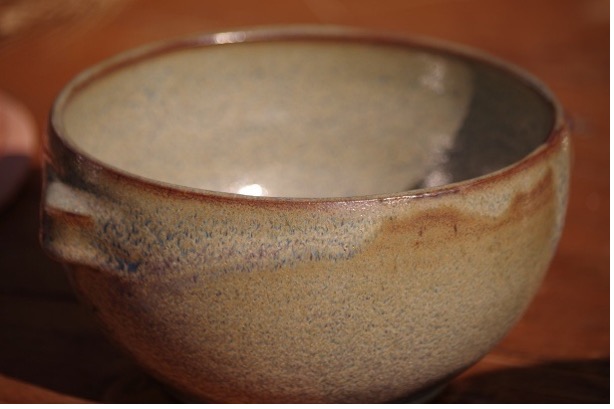











Remember the name of each of the students of the class of 2023, as you will find them at craft markets and exhibitions, and teaching in their studios. Their unique output reflects hard work, passion, and creativity. It will open doors into the world of ceramics. They are not only shaping clay, but their own futures.
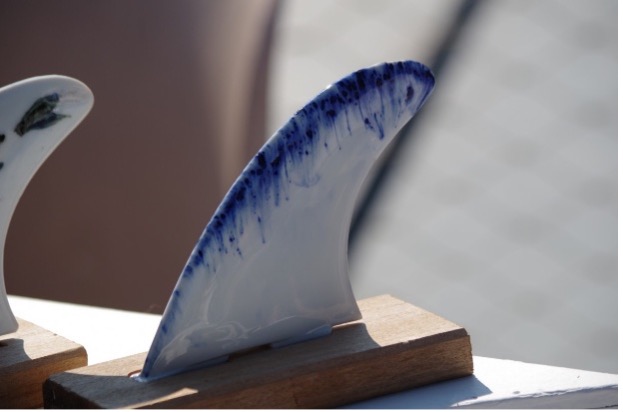
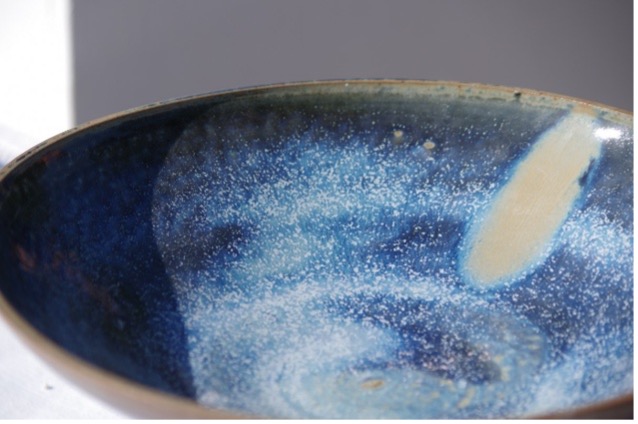
June 25, 2023, was a very hot day. Even if the breeze helped cool us down, we were sweltering! The day ended with a well-deserved dip in the sea. It brought to an emotional end a formative year spent together.

It brought to an emotional end a formative year spent together.

Happy holidays, school starts again in September, but we will continue to post regularly, so keep your eyes peeled during the summer!
Matthieu!

Resource centre
animated by Matthieu Liévois,
potter-ceramist for over 40 years and founder of the Creamik School
Find all the courses
Keywords
Don’t miss any more news from the Créamik school!


